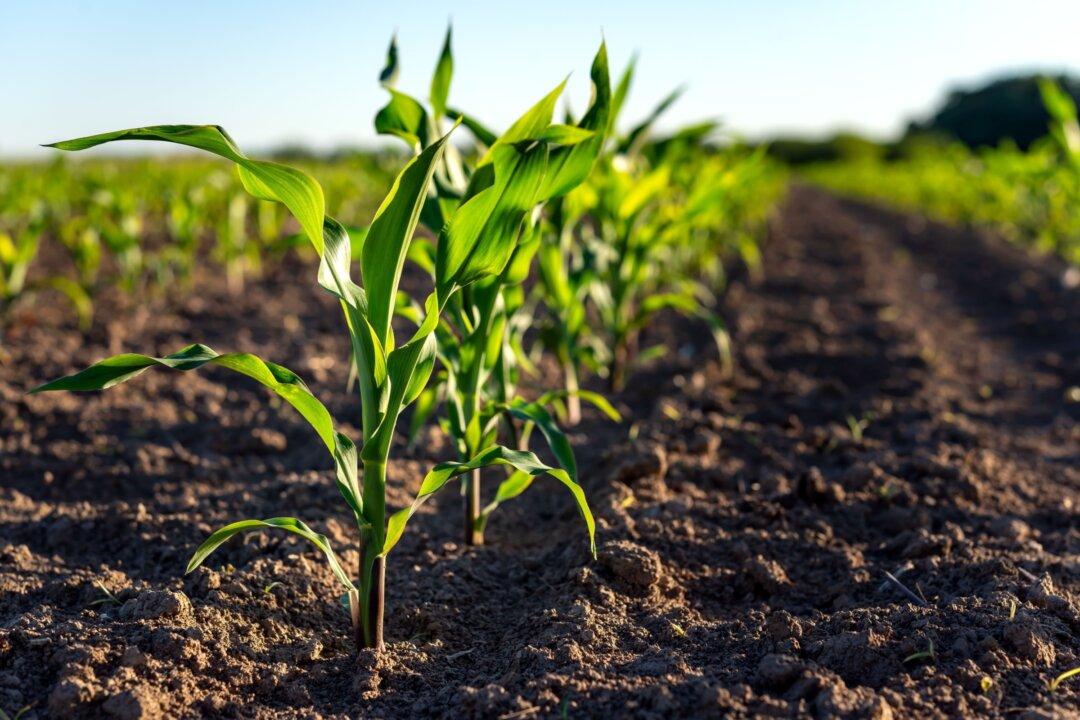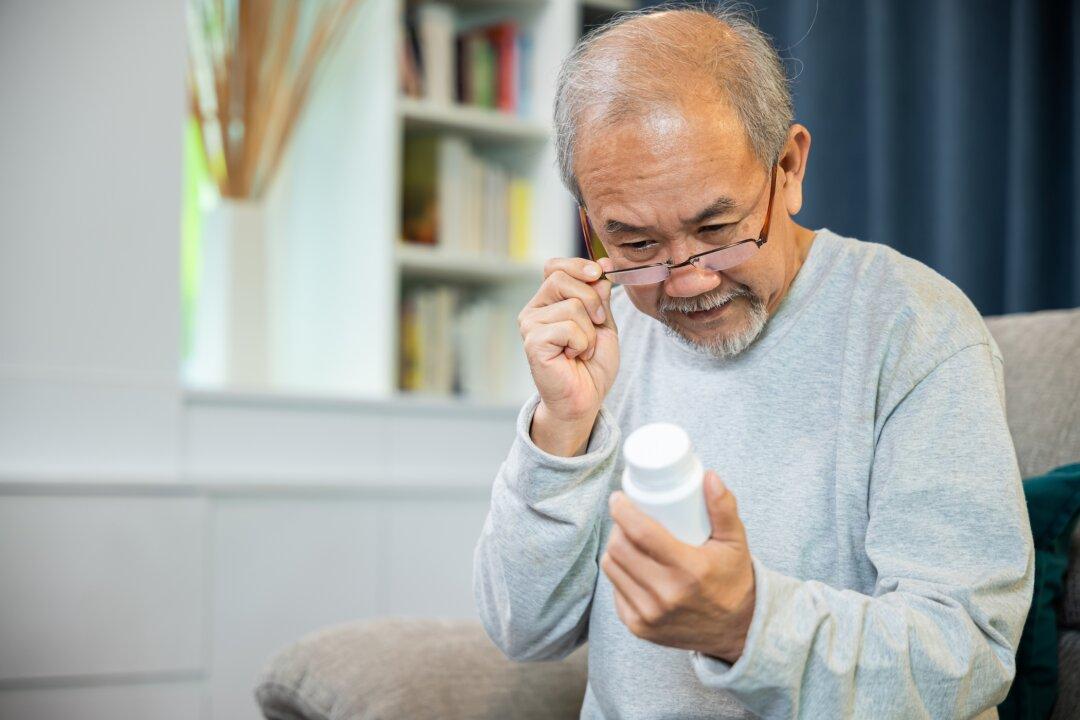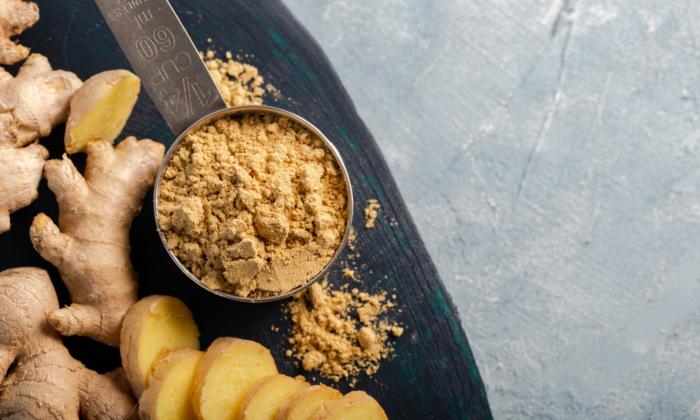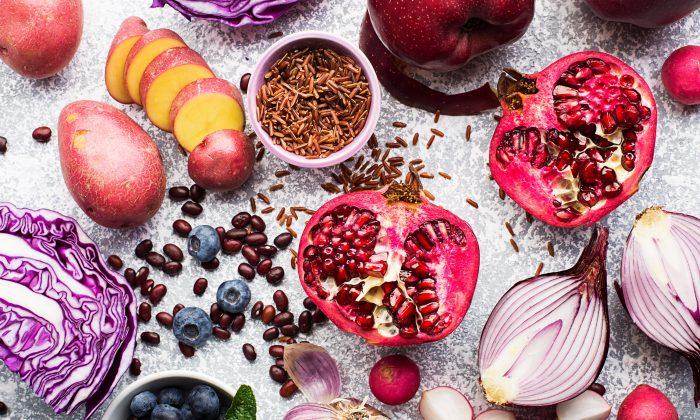Given what we are exposed to through food, air, and water, detoxification has become a modern-day necessity. Without the daily activation of effective physiological pathways designed to remove naturally occurring environmental toxins and the byproducts of metabolism, we’re bound to get sick.
That becomes especially true as manmade chemical toxicants continue to spread.
1) Pop a Probiotic
Of course, you don’t have to “pop a pill” to get a probiotic. In fact, it’s preferable that you ingest either a probiotically cultured food such as kombucha, yogurt (preferably plant-based), or cultured veggies. You'll also support your resident microbes by eating more raw fruits and vegetables grown in truly healthy soil, as the Earth’s microbiome is where “good bacteria” come from.How will getting enough probiotics in your diet help? Fascinating research indicates that probiotics actually help us break down food compounds such as gluten and casein as well as chemicals such as pesticides and Bisphenol A, which can harm our bodies and which our own detoxification pathways struggle to eliminate. It’s kind of a wonder that so-called “germs” can help save us from ourselves in this way!

2) Break a Sweat
Sadly, sweating has become synonymous with something gross that should be blocked with antiperspirants—which, ironically, only further exacerbates the problem of body odor, as these keep one of your primary channels of detoxification from doing its job.The reality is that we’re meant to move our bodies, the result of which is the release of profoundly uplifting and regenerative hormonal and neurochemical secretions. And this is just the obvious “reward” we receive by pushing ourselves through the discomfort of sustained, intense bodily exertion to the point where we are profusely sweating.
Deeper benefits include the activation of the lymphatic system, which, while it’s a part of the circulatory system, lacks a pump (like the heart) to push the lymphatic fluid through. This means that the lymphatic system requires the activation of the entire skeletal musculature via breathing, movement, and—most powerfully—exercise.
3) Don’t Break the Fast
In wealthier countries, where we suffer from the Orwellian paradox of being incredibly overfed and simultaneously dying of nutritional deficiencies, one of the best ways to optimize your detoxification systems is to stop eating before sundown (which, I believe, is hard-wired into our bodily design) and skip your breakfast entirely. In other words, skip breakfast and continue through your day until you are truly hungry, and then eat something wholesome, organic, and preferably living to get your fill.If you want to build a healthy brain and body, eliminate or minimize the consumption of nutritionally vapid foods such as over-processed convenience food made of grains, sugars, and oils. Instead, snack on a salad, an apple, or some organic nuts, etc., and focus on eating one really good meal later in the day. You will be surprised by how little hunger you experience. Much of that craving is a byproduct of chronically elevated insulin, which is largely caused by overeating processed, grain-based foods and simple carbohydrates way beyond what you need to replenish your glycogen stores.
This doesn’t have to be painful. If you wake in the morning, have your cup of coffee or tea (if you imbibe), and feel that hunger and low energy are driving you toward French toast, or whatever you would normally eat, try taking a couple of tablespoons of coconut oil. This will provide you (and your grumpy morning brain) with a near-immediate source of fuel. Sixty-six percent of coconut oil is medium-chain triglycerides that your body can use for energy very quickly and that your liver breaks down into ketone bodies for your brain. Ketone bodies are the brain’s only other source of energy beyond glucose.
Of course, this isn’t going to work for everyone, but it certainly may fit better into a busy lifestyle than the “heroic fast” concept of just not eating anything at all—which has its place, especially for the very sick under professional guidance, or those on a spiritual mission. Heroic fasting doesn’t suit those with kids, several jobs, and who just want a way to jumpstart the internal house-cleansing, metabolism-boosting process.

4) Spice Up Your Life!
Basic culinary spices can work wonders to stimulate bodily detoxification. A recent study, which we highlighted in the article “Garlic Beats Drug in Safely Detoxifying Lead from the Body,” illustrates how you can use your food as medicine. If you love garlic, you are already a step ahead of those who only tolerate it. If not, don’t ignore its potential application in foods you are already enjoying. The point is that we have plenty of help all around us, in our kitchen cupboards, on our spice racks, etc. And do you know what’s cool? There is a huge list of spices, foods, and nutrients—more than 75, last time we counted—that we have indexed on GreenMedInfo.com that can stimulate detoxification pathways in the body.5) An Apple a Day Isn’t Going Away
One of the most amazing nutritional stories of our time is what happened to tens of thousands of “Chernobyl children” after the meltdown of that reactor. In our article “Why Apple Is One of the World’s Most Healing Superfoods,” we discuss the radioisotope-detoxifying properties of this incredible healing agent:The great thing about an apple, of course, is that it’s a whole food. Rather than take mega-doses of apple pectin (assuming you don’t live in Fukushima or were exposed to its fallout in some way; otherwise, please do), simply incorporating a good apple—that is to say, 100 percent organic, nonirradiated, non-GMO—into your daily diet should constitute a pleasurable experience. That’s especially true if you incorporate this healthy snack as the “break” in your break-the-fast strategy. We can be nourished, pleasured, and detoxified all in one act; and this is indeed the way nature designed things, in its inexhaustible wisdom.
Don’t Take Receipts, If Possible
Next to canned food (with that darn alphabet soup of bisphenols (BPA, BPS, etc.) in its can liners, receipts are the primary route of exposure to this profoundly damaging class of gender-bending, heart-damaging, brain-damaging petrochemicals. Avoid touching thermal printer receipts—especially if you use lotion, which only accelerates the skin’s absorbance of these chemicals.Stop Slathering On Petrochemicals
If you’re putting it on your skin, it’s likely worse than eating it. How’s that? Unlike what you put into your mouth, where your liver determines whether it will be allowed into your bloodstream, your skin has no such guardian to keep poisons out. If something you are using as a body care product has an ingredient that requires a degree in chemistry to understand, ditch it or don’t buy it. If you can’t eat an ingredient, don’t put it on your body. Even better, try using coconut oil or related food-cosmetic medicines that have thousands of years of prior use backing up their effectiveness and safety.Don’t Drink the Unpurified Water
If you get your water through a municipal system and it hasn’t been effectively purified (ideally, distilled with minerals reintroduced), you shouldn’t drink it. Also, keep in mind that you can get pristine water from Iceland or Fiji (or wherever marketers like to take our imagination), but if it’s been sitting in plastic for a year, it’s not as good as it would seem due to the widespread contamination of plastic bottles with microplastics.The problem with municipal drinking water isn’t just the fluoride residues, but the 600-plus disinfectant byproducts it carries, all of which are known to be toxic to the body, damage DNA, and probably contribute to cancer. It still boggles my imagination that anyone would willfully expose themselves to this, even in its secondary iteration as cooking water, i.e., using it to make pasta. Water composes the majority of our bodies. Learn to savor “biological water,”—that is, water that comes from pure food, for example, watermelon. This water is enriched by the universe itself, and is unparalleled in what it can do for your body.
So we’ve covered some problems and solutions; certainly, this is just the tip of the iceberg. Just take it all with a grain of sea salt, and take what works for you and leave the rest.





